https://www.artsy.net/article/artsy-editorial-man-ray-made-iconic-surrealist-photographs?utm_medium=email&utm_source=19307946-newsletter-editorial-daily-01-30-20&utm_campaign=editorial&utm_content=st-S
Art
Man Ray Made Iconic Surrealist Photographs—and so Much More
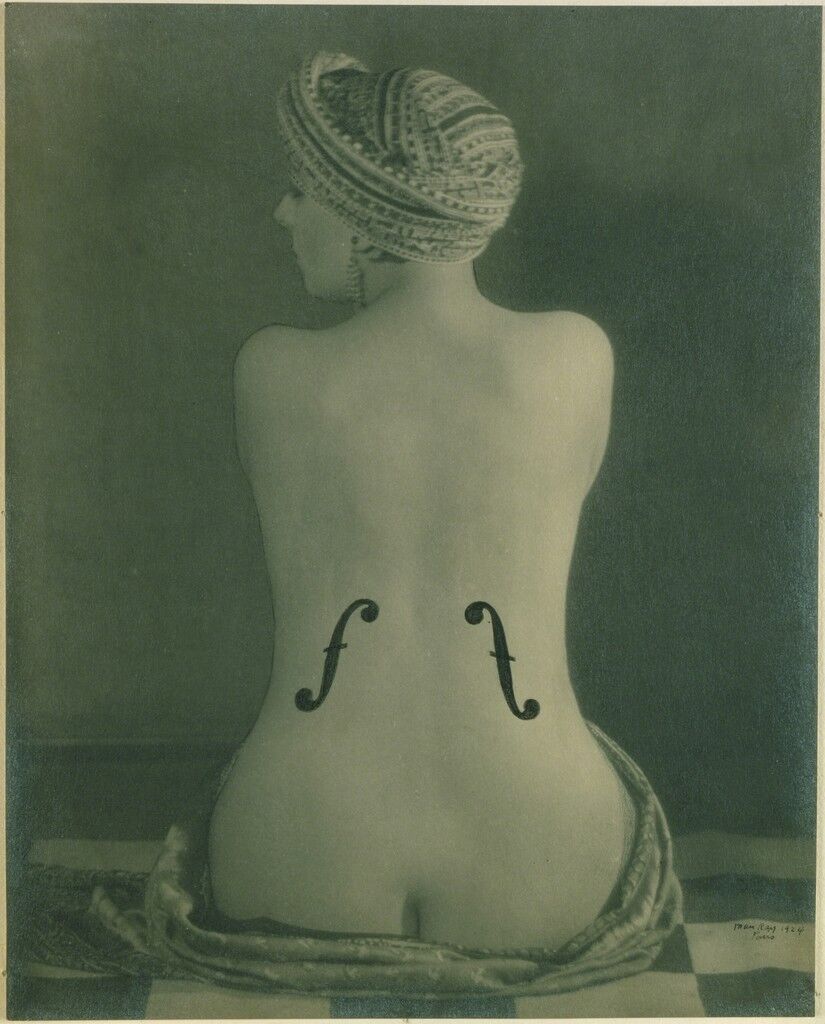
Man Ray
Le Violon d'Ingres, 1924
Musée National d'Art Moderne, Centre Georges Pompidou, Paris
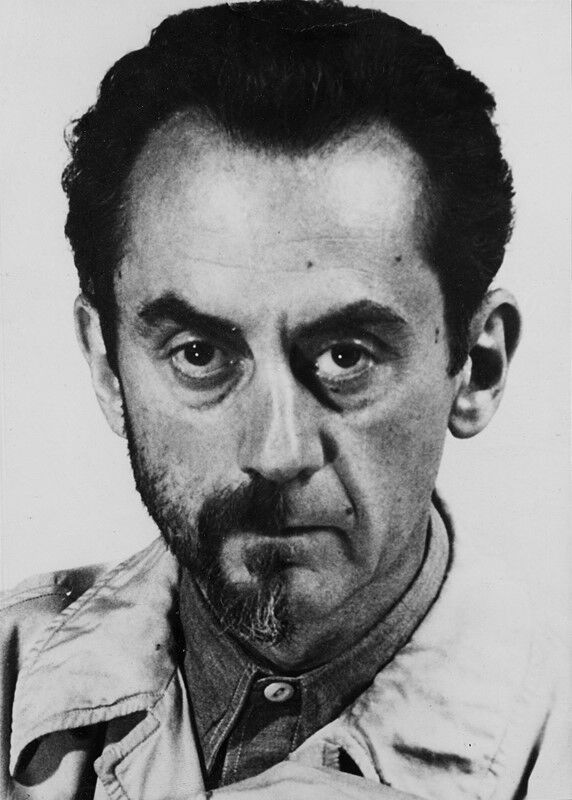
Man Ray
Self-portrait, 1943
Finarte
’s name is synonymous with moody, seductive black-and-white photographs from the interwar era. The famous 1924 shot Le Violon d’Ingres (Ingres’s Violin) features a woman’s bare back adorned with two elegant f-holes, connecting her body to the titular instrument. Man Ray’s “Noire et Blanche” series from 1926 operates in a similar register, juxtaposing a woman’s pallid face with a West African ceremonial mask. Female faces and bodies fill Man Ray’s oeuvre, along with curious and suggestive objects including glass teardrops, eggs, a peach, and a reflective orb. Sensuality and wonder fill his best-loved frames.
Yet throughout his life, Man Ray experimented with sculpture, painting, film, writing, chess sets, and new modes of image-making. He invented “rayographs” by placing objects on photosensitive paper, then exposing the composition to light. The story of Man Ray’s peripatetic life traces major storylines of 20th-century culture: He participated in the
and
movements, fled Europe at the outbreak of World War II, and lived in Los Angeles during Hollywood’s heyday. Man Ray’s singular legacy bursts with a bold embrace of new forms and a talent for self-invention.
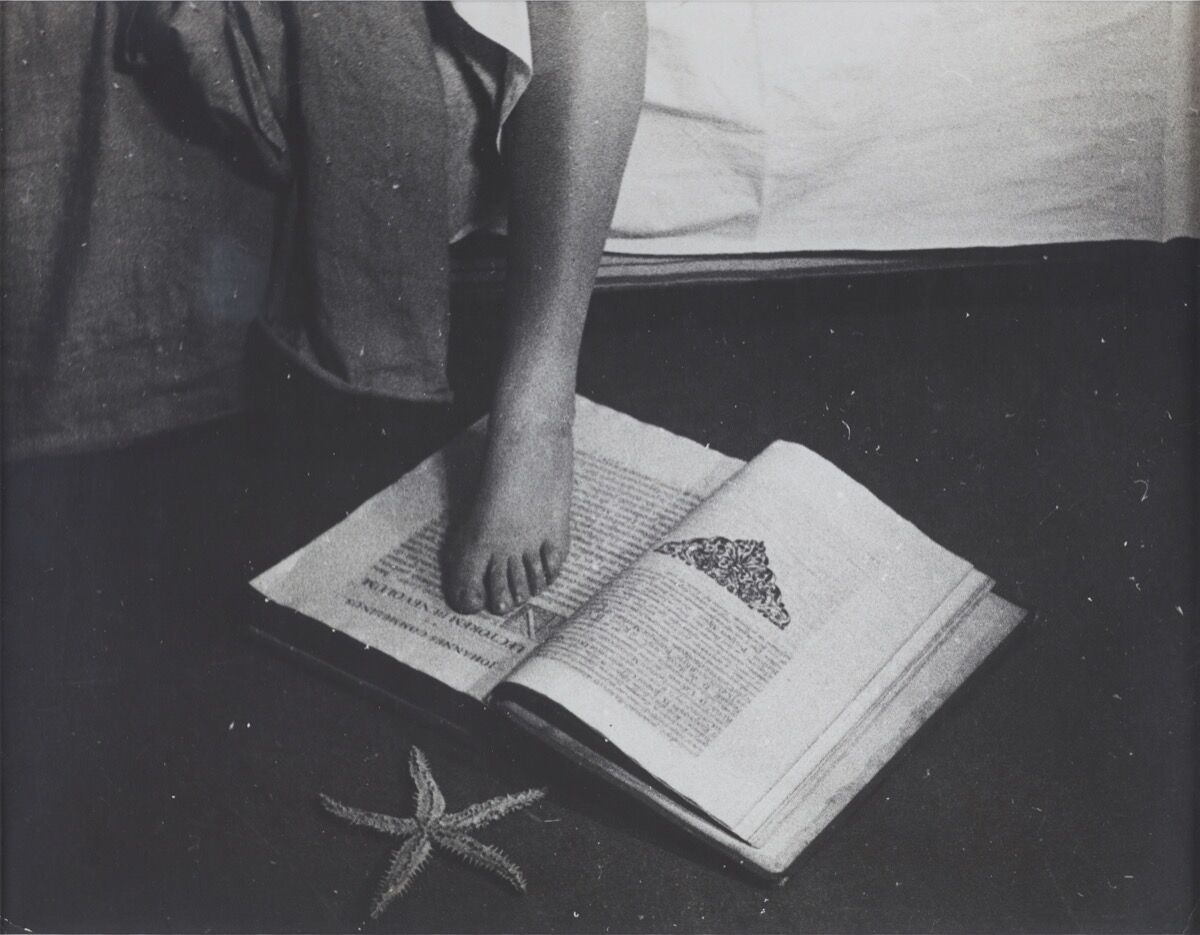
Man Ray, Film still from L’étoile de mer, 1928. © May Ray Trust/Artists Rights Society (ARS), New York/ADAGP, Paris 2019. Courtesy of Gagosian.
Man Ray was born Emmanuel Radnitzky to a Jewish family in South Philadelphia in 1890. His parents moved to Brooklyn in 1897, where the young artist learned draftsmanship. He turned down a grant to study architecture, took painting and drawing lessons, worked for a publisher for maps and atlases, and ventured into Manhattan’s blossoming art scene. Visiting photographer and dealer
’s 291 gallery, Man Ray first experienced the work of
and
’s radical new
methodologies. These artists’ experiments with the picture plane inspired Man Ray’s own painting for decades.
Through his relationship with Walter Arensberg, who hosted salons in Manhattan, Man Ray also made a lifelong friend:
, the father of
. Duchamp’s influence is particularly evident in Man Ray’s The Rope Dancer Accompanies with Her Shadows (1916). The canvas features hard-edged vertical shapes in a variety of solid hues, all attached by slender, curving gray lines. As in Duchamp’s storied glass sculpture The Bride Stripped Bare by Her Bachelors, Even (The Large Glass) (1915–23), Man Ray’s title suggests that his simple composition is just a front for a much larger performance and narrative.
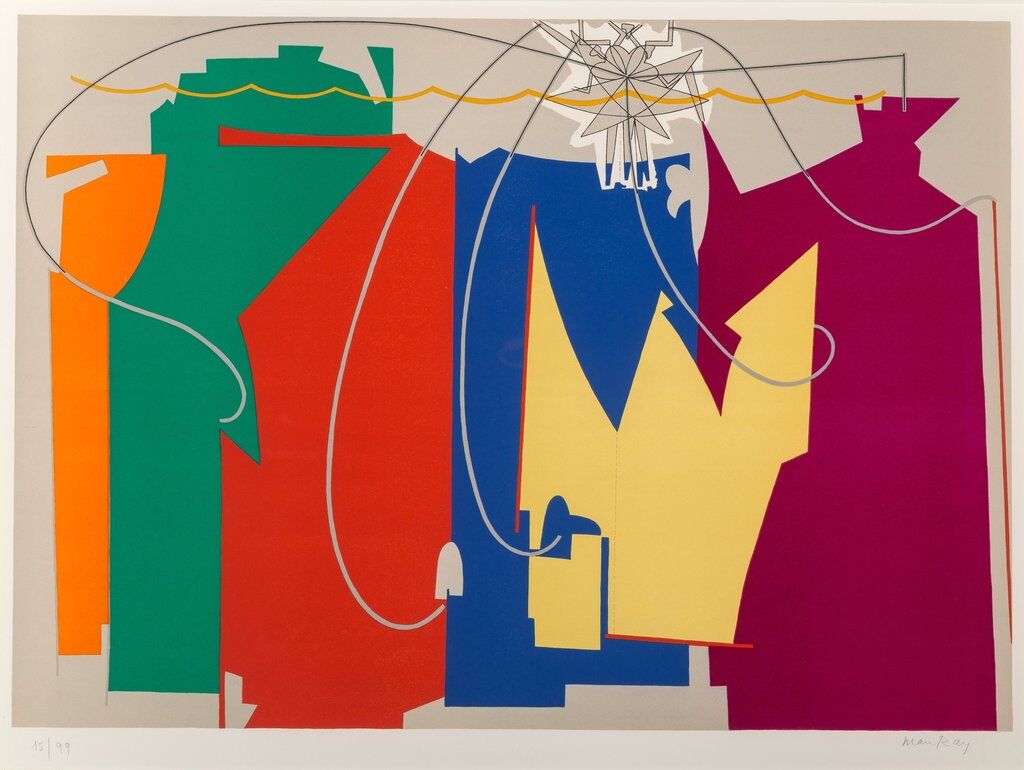
Man Ray
Heritage Auctions
Throughout his lifelong painting practice, Man Ray would riff on Shakespeare, take inspiration from
’s metaphysical style, and use airbrushes. He also painted appropriated imagery and his own photographs. “He was very self-referential in a way,” said dealer Emmanuel Di Donna, who began working with Man Ray’s estate in 1994 and recently mounted an exhibition of the artist’s paintings at Di Donna Galleries in New York.
Though Man Ray predominantly saw himself as a painter during his early years in New York, he also experimented with sculpture. His famous mobile made from 63 wooden coat hangers, Obstruction (1920), exemplifies his embrace of the Duchampian “readymade”—everyday objects elevated to the status of art.
In 1920, the friends founded the exhibiting and collecting group Société Anonyme with patron Katherine Dreier. The trio focused on modernist art, which was still a predominantly European mode. Work by Picasso,
,
,
, and other luminaries found its place and an eager audience in New York.
Dreier also supported Man Ray’s practice. She bought the artist a handheld movie camera, and together with Duchamp, Man Ray filmed writer Baroness von Freytag-Loringhoven shaving her pubic hair. Man Ray accidentally destroyed the film, adding to its mysterious legend.
Man Ray’s moving-image experiments took a back seat when he moved to Paris in 1921, planning to join the European avant-garde Dada group. “Dada cannot live in New York,” he wrote to his poet friend, Dadaist
. “All New York is dada and will not tolerate a rival—will not notice dada.”
Man Ray lived in the creative enclave of Montparnasse, where his neighbors included Duchamp and photographer
. As Dada gave way to Surrealism, the Montparnasse neighborhood became central to the latter movement, which
explicitly outlined in his famed 1924 manifesto.
Another local, the colorful socialite Alice Prin, who called herself Kiki de Montparnasse, became Man Ray’s lover and muse. She appeared in his paintings, and her back and face add character to the artist’s most famous photographs—Le Violon d’Ingres and the “Noire et Blanche” series.
In Montparnasse, Man Ray started making rayographs. While these pictures were not the first photographs to be made without a camera, Man Ray moved his objects (thumbtacks, wire) around photosensitive paper and varied the angles of his light source in a brand-new way. The effect, Sue Roe writes in her new book, In Montparnasse (2019), made objects look “as if they were moving in fluid and had been captured by the photographer in the process of mutating.” In other words, Man Ray was able to imbue an already-existing form with a new, surreal strangeness.
Fashion magazines quickly came knocking, and Man Ray established a long-term collaboration with fashion designer Elsa Schiaparelli. The artist’s reputation as a fashion photographer grew, eclipsing his studio practice. In addition to fashion shoots, Man Ray started capturing the modernist titans of Paris, from James Joyce to Gertrude Stein; from
to Breton and Duchamp.
Absorbed in his photography and rayography, Man Ray told friends that he was giving up painting: It was too messy, he said. Yet he was dissembling. Man Ray maintained a painting practice throughout his life, even when it wasn’t the most visible aspect of his career. “He understands the framing and the power of the image from photographs and translated it to his paintings,” said Di Donna. The medium also allowed him to work in color.
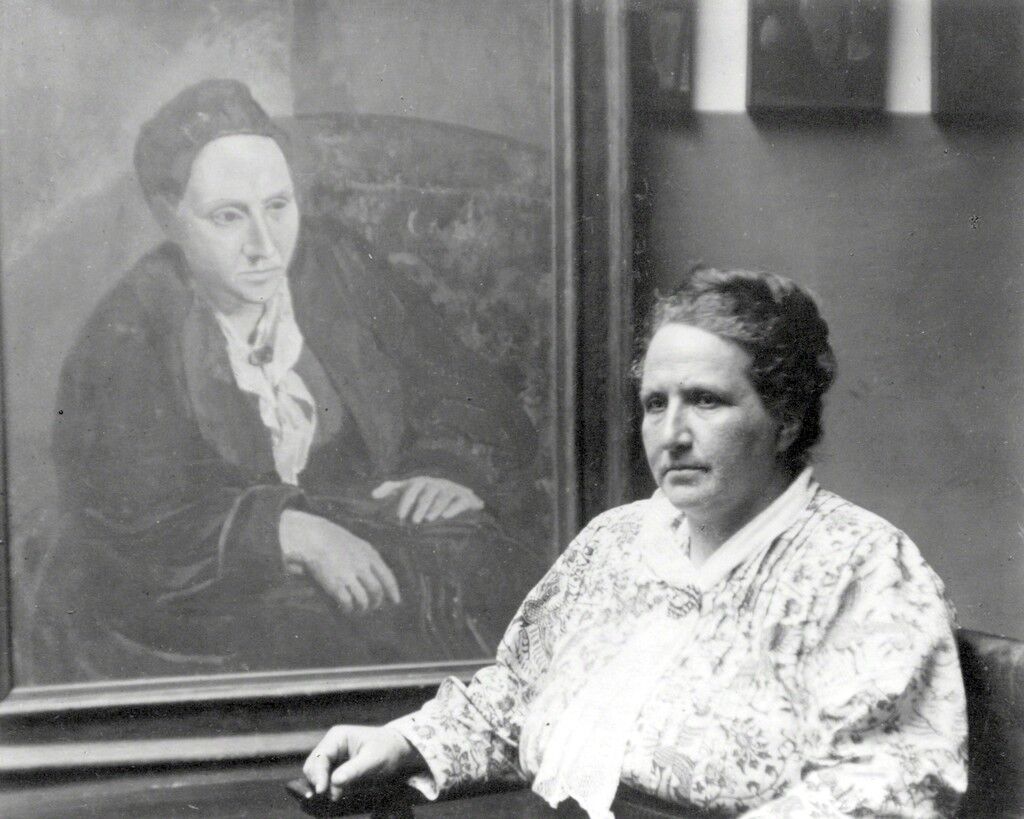
Man Ray
Finarte
In the early 1930s, in fact, Man Ray made perhaps his most famous painting, and one of the most prominent Surrealist canvases ever. Titled Observatory Time: The Lovers (1932–34), the picture is anchored by long, lush red lips, spotlit and bowed at the center. They float in a densely clouded sky above a dark, forested landscape. “It’s an incredibly sexy and melancholic painting,” said Di Donna.
Man Ray returned to filmmaking—with greater skill than he’d had in New York. His films reflect the eroticism and the Dada and Surrealist aesthetics that pervade his larger oeuvre. Emak Bakia (1926) juxtaposes montages of rayographs with footage of swirling lights, a swiveling sculpture, a woman’s calves and feet as she dances, and Kiki de Montparnasse’s upside-down, distorted head. The film, like a Dada collage or a Surrealist montage designed to tap into the subconscious, gives viewers visual puzzle pieces that they must assemble in order to create meaning.
Emak Bakia, along with the films L’étoile de mer (1928, featuring Kiki de Montparnasse) and Les Mystères du Château du Dé (1929, inspired by a poem by major modernist writer Stéphane Mallarmé), are now on view as part of a larger Man Ray exhibition at Gagosian in San Francisco. According to Max Teicher of Gagosian’s sales and exhibition team, the gallery hopes to reinforce Man Ray’s position as a pioneering multimedia artist. “The Surrealists were all fascinated with film,” he said. Man Ray appeared in front of the camera, too, playing chess with Duchamp in René Clair’s 1924 film Entr’acte.
Man Ray’s love affair with Paris ended in 1940. Anticipating the chaos that World War II would wreak on France, the artist and his fellow Surrealists fled the continent. Man Ray left much of his artwork behind as he returned to New York, then settled in Hollywood. According to the recent Di Donna publication Enigma and Desire (2019), he produced more work over the next decade than he had during the first 30 years of his career. And critical acclaim mounted.
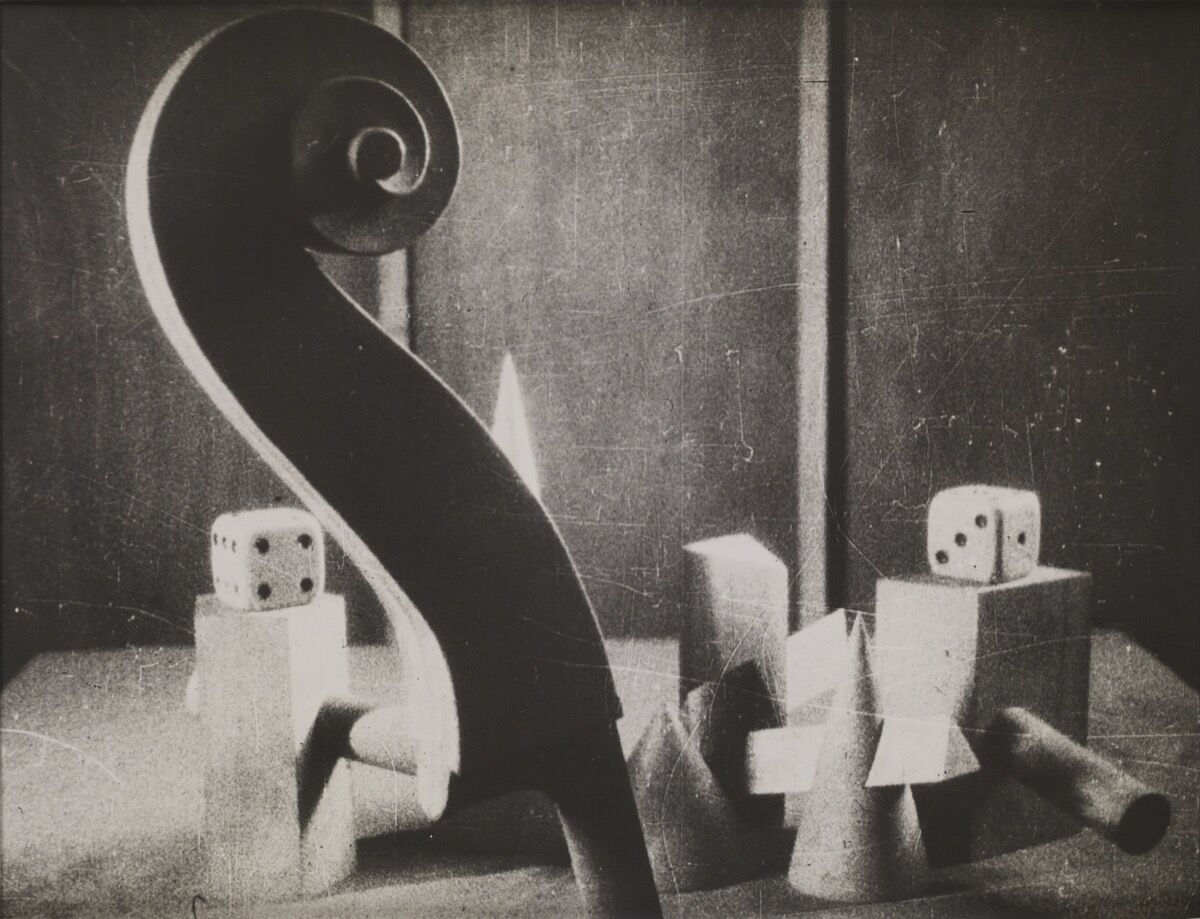
Man Ray, Film still from Emak Bakia, 1926. © May Ray Trust/Artists Rights Society (ARS), New York/ADAGP, Paris 2019. Courtesy of Gagosian.
In New York, Julien Levy showed Man Ray’s work. The Los Angeles County Museum of History, Science, and Art (the predecessor to LACMA) mounted a solo exhibition in 1945. Man Ray brought his expertise to Tinseltown as he worked as an art director on the film Pandora and the Flying Dutchman (1951), photographing its star Ava Gardner.
The year the movie came out, the artist moved back to Paris. He’d secured his place in the modernist canon and had become a celebrity in his own right. LACMA gave Man Ray his first full-scale retrospective in 1966, and
captured his likeness on silkscreen in 1974. Two years later, Man Ray passed away in his Paris studio. He’s buried in Montparnasse Cemetery, interred in the creative neighborhood where his art practice flourished and his conversations and encounters, as Roe writes, helped “change the face of modern art.”
Alina Cohen is a Staff Writer at Artsy.
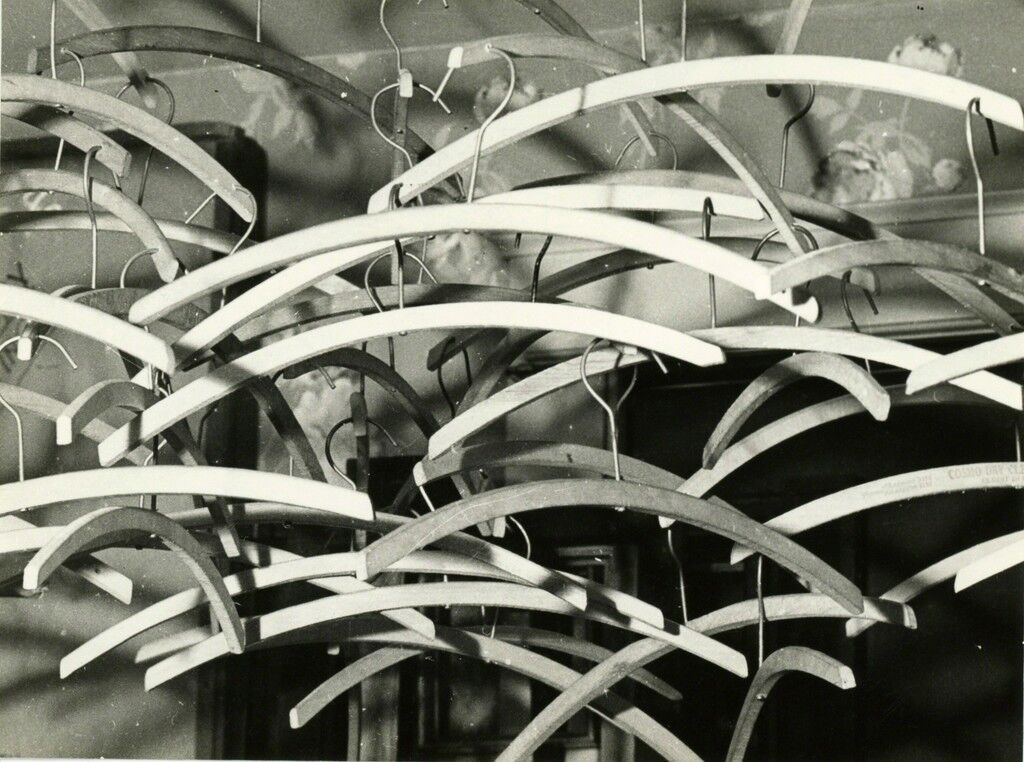
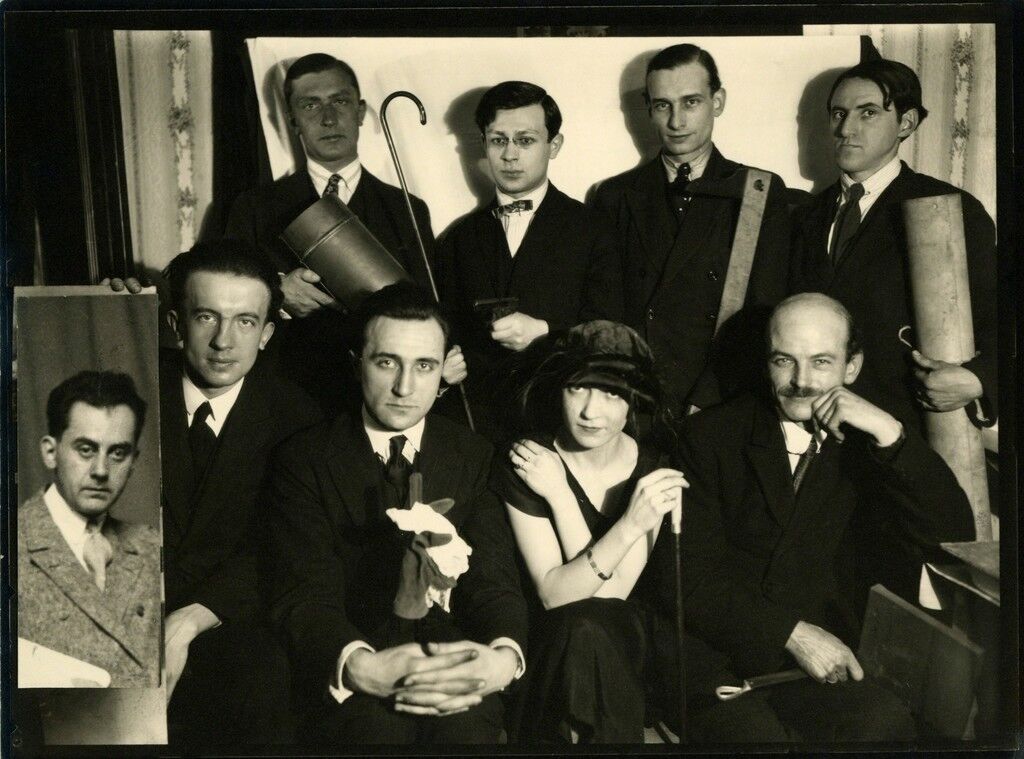
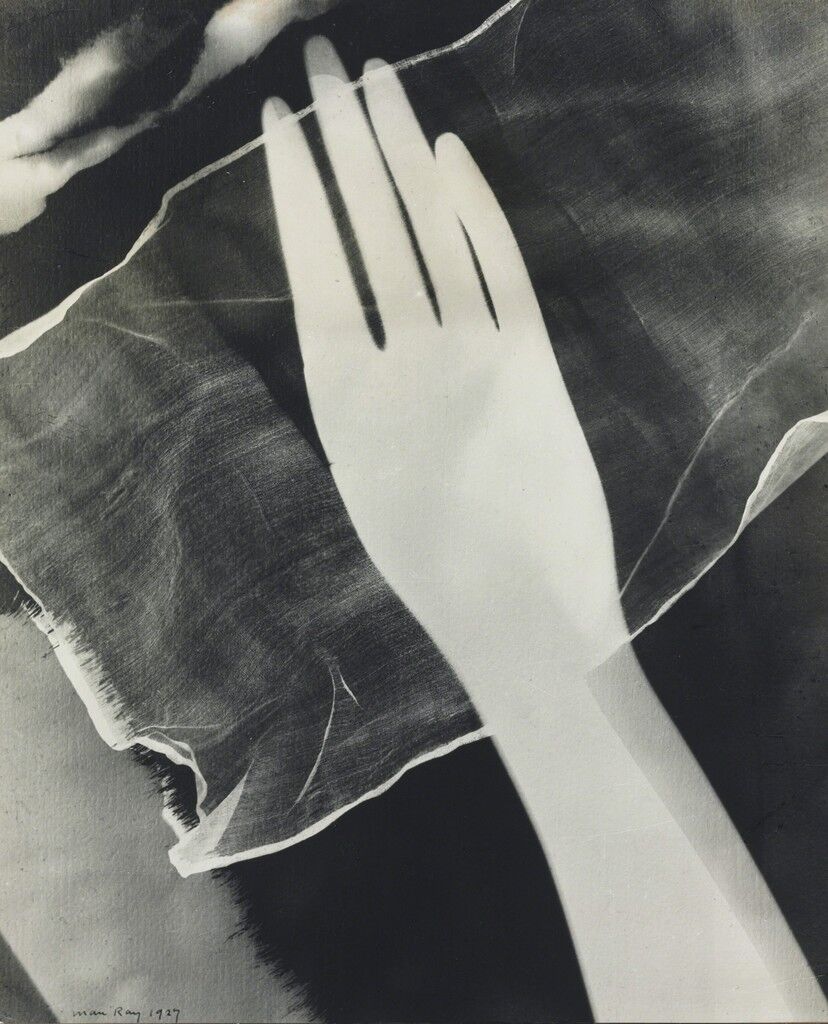
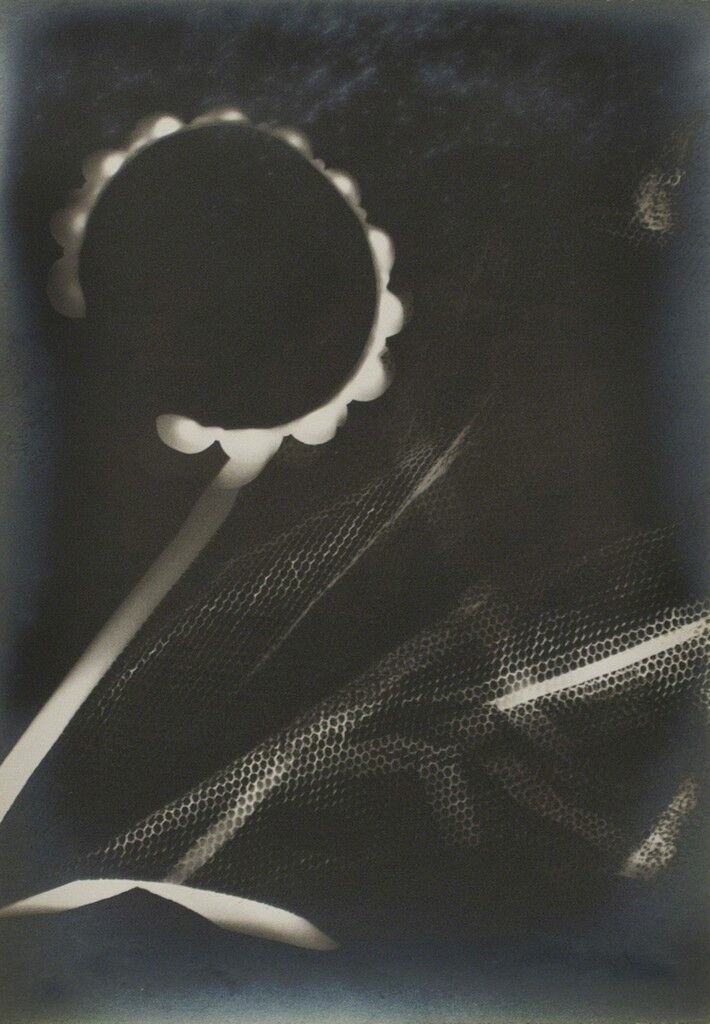
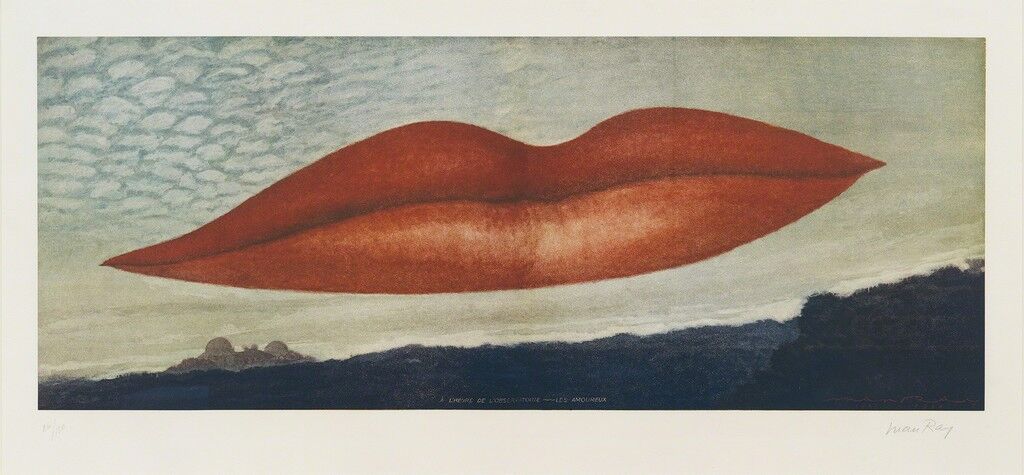

No comments:
Post a Comment